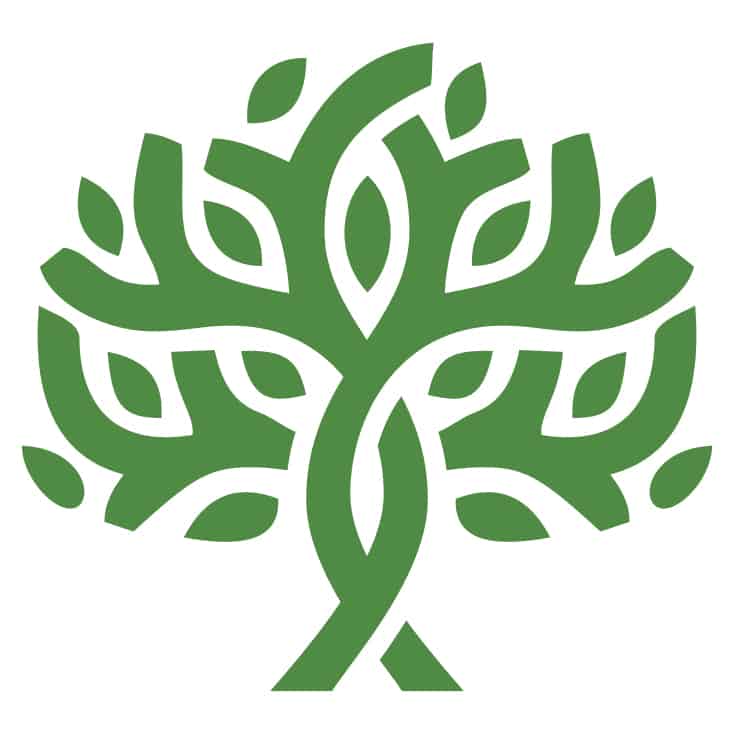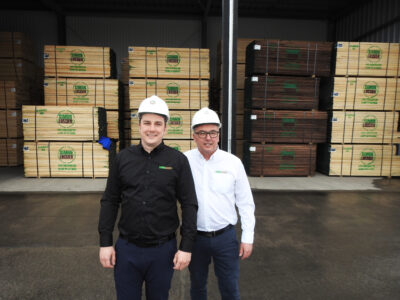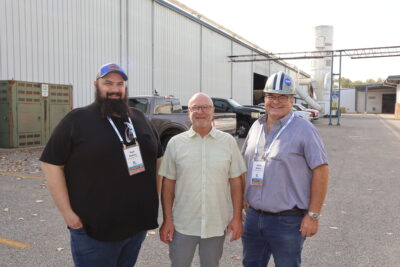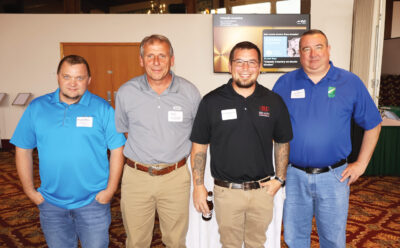Words matter.
The term “clearcut” often conjures images of vast, barren landscapes stripped of trees, yet in reality, a clearcut can be as small as the size of the room you’re in. It’s a necessary forestry practice that, contrary to common belief, is not synonymous with deforestation.
We often plug in the word “sustainably harvested” to combat that negative stereotype. “Sustainability” has become a buzzword for a lot of things; even the steel industry claims sustainability. Yet sustainability is a threshold that we far exceed. We should emphasize not just exceeding the minimum but the true reality of hardwood: we grow 50 percent more trees than we harvest. We are not in the business of maintaining basic forest sustainability. Our business goes beyond sustainability—we help forests thrive, fostering new growth while sequestering carbon in our wood products.
I just gave a guest lecture at the University of Memphis. I had a classroom full of undergraduate and graduate students interested in agriculture. I captivated them with one word, and it wasn’t sustainability. It was Carbon.
Carbon is at the heart of addressing climate change—and hardwood offers a natural solution. You can hardly find any article on climate change that doesn’t talk about carbon. So why aren’t we talking about carbon? Wood is roughly 50 percent carbon. This is the story we need to tell. Trees absorb it as part of photosynthesis and store it in the wood. If we cut down that tree and use the solid wood for a product, that embodied carbon is sequestered in that product over its lifetime, decades to centuries. That is what we must teach people. Use carbon, use carbon-based products, use less carbon in manufacturing, and lower your carbon footprint by using wood. Wood’s carbon-storing capability is a vital message to share, highlighting its role in creating a healthier planet.
Yes, it takes carbon to harvest trees, it takes carbon to mill logs, it takes carbon to dry lumber, and it takes carbon to make wood products, but that is all lower than any other material.
Hardwood lumber leads the way in sustainability with the smallest carbon footprint. How do we know? Because the data backs it up—and now you can see the proof for yourself.
The NHLA is partnering with other associations, the American Wood Council (AWC) and the United States Forest Service (USFS), to create a carbon calculator for your business. You can input your diesel, electricity, water, and logs and balance them with your output of lumber, bioenergy, and waste products. This is called an Environmental Product Declaration or EPD. EPDs are going to be required for everything we do in the future. EPDs are the path many governments worldwide are embracing. The value of creating an EPD is that it will help you make hardwood competitive when specified for projects. The substitute products for wood all have EPDs, and we need to show that they are not as good as we are.
To lead the conversation, you must beat them at their own game—own your narrative and tell your carbon story. Start now by visiting https://nhla.com/media/video-resources/ to track your environmental impact and share the story of sustainable hardwood. The sooner you begin, the stronger your position will be, and NHLA is here to support you every step of the way.
Yes, it’s more work, and yes, it’s challenging, but the cost of inaction is greater—it hurts your business and the industry. This is your story—your opportunity to showcase the power of carbon-based manufacturing. Don’t just take my word for it. Search “EPD” online and see the overwhelming data for substitute products. Thanks to the National Wood Flooring Association (NWFA), there are examples to follow, but hardwood deserves its rightful place in the spotlight.
We are more than flooring; we are the real green industry. Hardwood is the super sustainable product—storing 50 percent carbon in every board we sell. Let’s show the world what sets hardwood apart. Why Knot use data to tell the carbon story?






